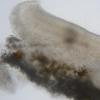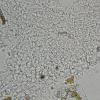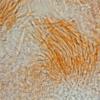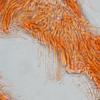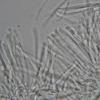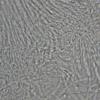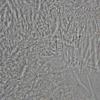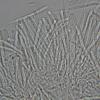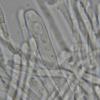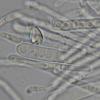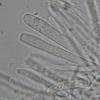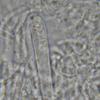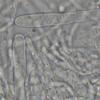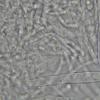
31-10-2025 09:19
 Lothar Krieglsteiner
Lothar Krieglsteiner
Can somebody provide me with a file of:Rogerson CT

09-08-2025 13:13
 Maria Plekkenpol
Maria Plekkenpol
Hello,Yesterday I found these on burnt soil. Apoth

28-10-2025 19:33
 Nicolas Suberbielle
Nicolas Suberbielle
Bonjour à tous,Je voudrais votre avis sur cette r

25-11-2016 13:54
 Stephen Martin Mifsud
Stephen Martin Mifsud
Hi, I found numerous seeds of Washingtonia robusta

28-10-2025 22:22
 Bernard Declercq
Bernard Declercq
Hello.I'm searching for the following paper:Punith

28-10-2025 15:37
Carl FarmerI'd be grateful for any suggestions for this strik

28-10-2025 11:29
 Tanja Böhning
Tanja Böhning
Hello, I found this very small (ca 0,5mm) yellow
 Good evening
Good eveningAnother find I'm looking for help with:
Place of discovery: dead, damp, greasy, partially debarked hardwood branch with a broad strip of Exidia effusa, hidden under partially protruding bark, on the round NSG Auenwald near Deuz
MTB: 5014,434 Date of discovery: 02.03.2025
Fruiting bodies in rows and small groups with a total of 9 specimens, bowl-shaped round, sessile, with a clearly recognizable edge that protrudes above the hymenium; colorless to milky white, very soft, discoloring to yellowish-hyaline with age, completely glabrous;
Ø up to 640µm, h up to 200µm;
No membranous covering layer is recognizable on the hymenium and paraphyses and asci are not attached to each other;
Practically no asci were to be found in the first fruiting body (although externally overripe), while the second fruiting body showed at least some asci that appeared quite ripe. Free spores were not to be found.
Asci were cylindrical to clavat, clearly truncate in profile, filled with 8 spores each; details of the base not visible at first sight;
28.5x3.0 - 27.5x2.4
Spores, only observed and measured in the ascus, broadly oval to roundish; practically not visible in water, later stained with Congo red (NH3) the spore outlines became visible; measured in Congo red and in the ascus:
2,2x1,4
2,3x1,5
2,3x1,7
Paraphyses cylindrical, 3-5 septate, filled with refractive light;
Can someone please tell me if my suspicion applies to orbilia frangulae?
Many thanks and best regards
Harald


Ich hab´s heute noch einmal versucht - anbei sind die Ergebnisse.
Die Sporen sind elliptisch mit Sporenkörper od. LB von 0,65µm Ø an einem Pol.
Die Maße in Wasser im Ascus: 2,3x1,6 µm aus 5 Messungen.
Laut Schlüssel lande ich damit bei Orbilia fissilis, wobei die Abgrenzung zu O. Eucalypti mit subglobosen Sporen wegen der Sporenmaße im Ascus unsicher ist.
Viele Grüße
Harald


Nachdem ich klarere Bilder von den Sporen hatte, bin ich den Schlüssel und Teile der Monographien noch einmal durchgegangen und war ebenfalls bei der Frage nach O. cejpii gelandet.
Die Fruchtkörper vom Fund 3e (Titisee) sehen in Form und Farbe meinem Fund sehr ähnlich. Auch die Paraphysen können offensichtlich weniger stark kopfig sein.
„Paraphyses slightly or often medium to (very) strongly (clavate-)capitate, ..." dürfte doch die Interpretation zulassen.
Ich versuche in einigen Tagen noch einmal freie Sporen zu finden. Bei Erfolg melde ich mich.
Anbei noch einige Sporenbilder – anders aufgearbeitet.
Viele Grüße
Harald




